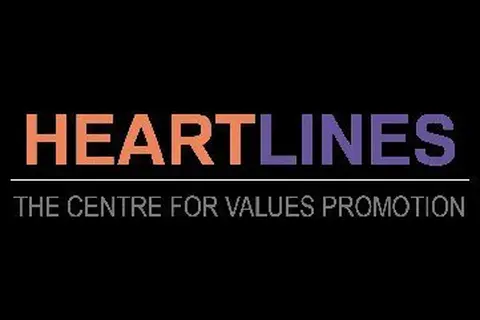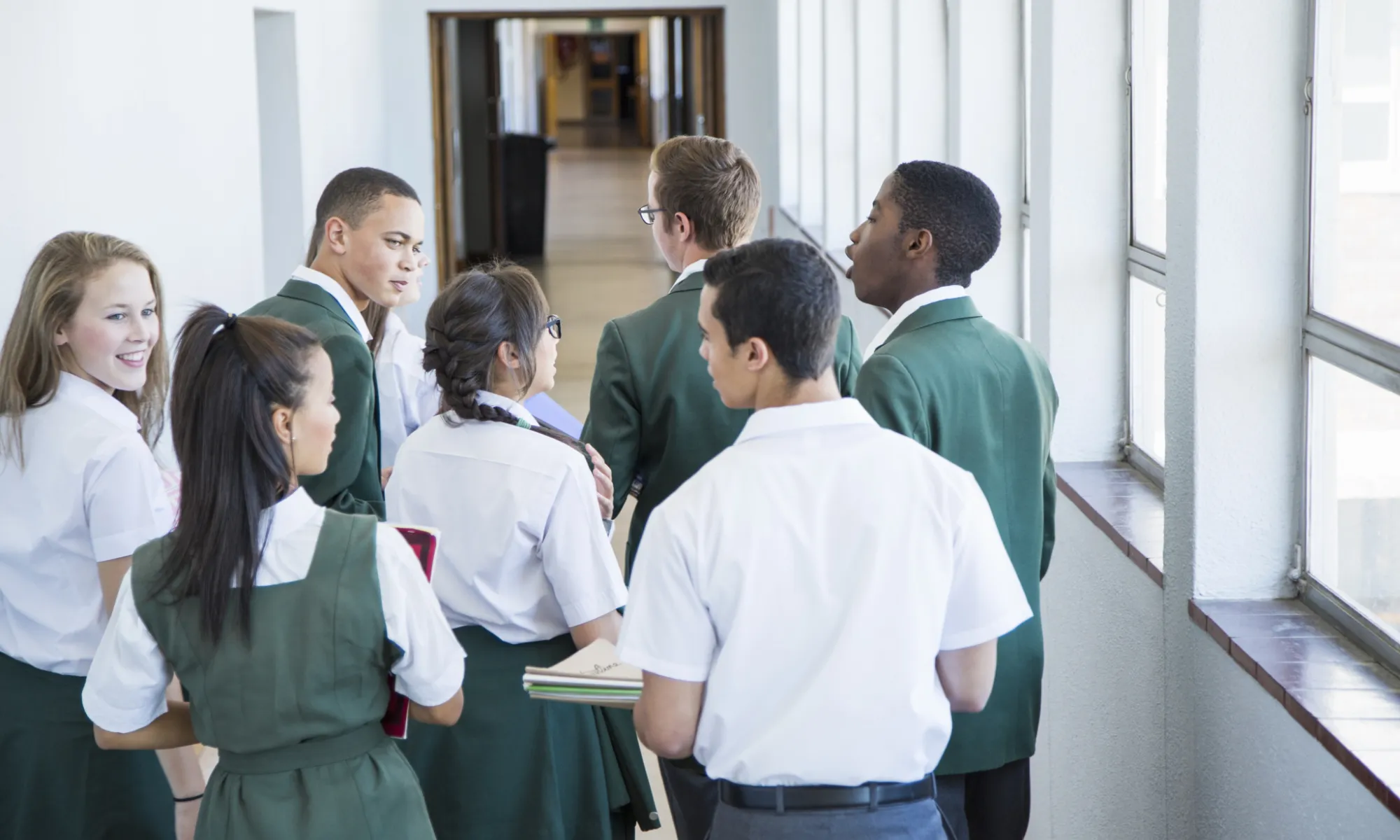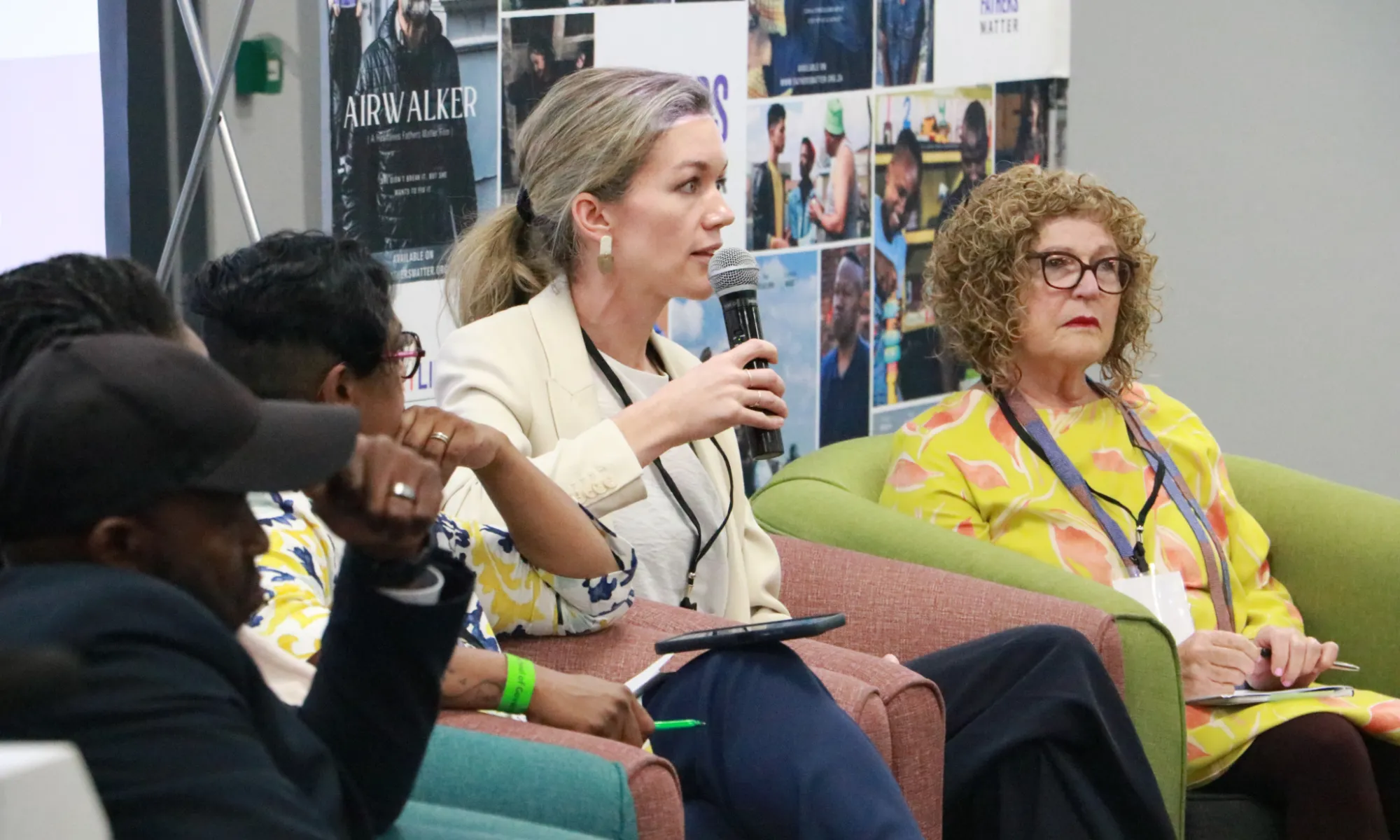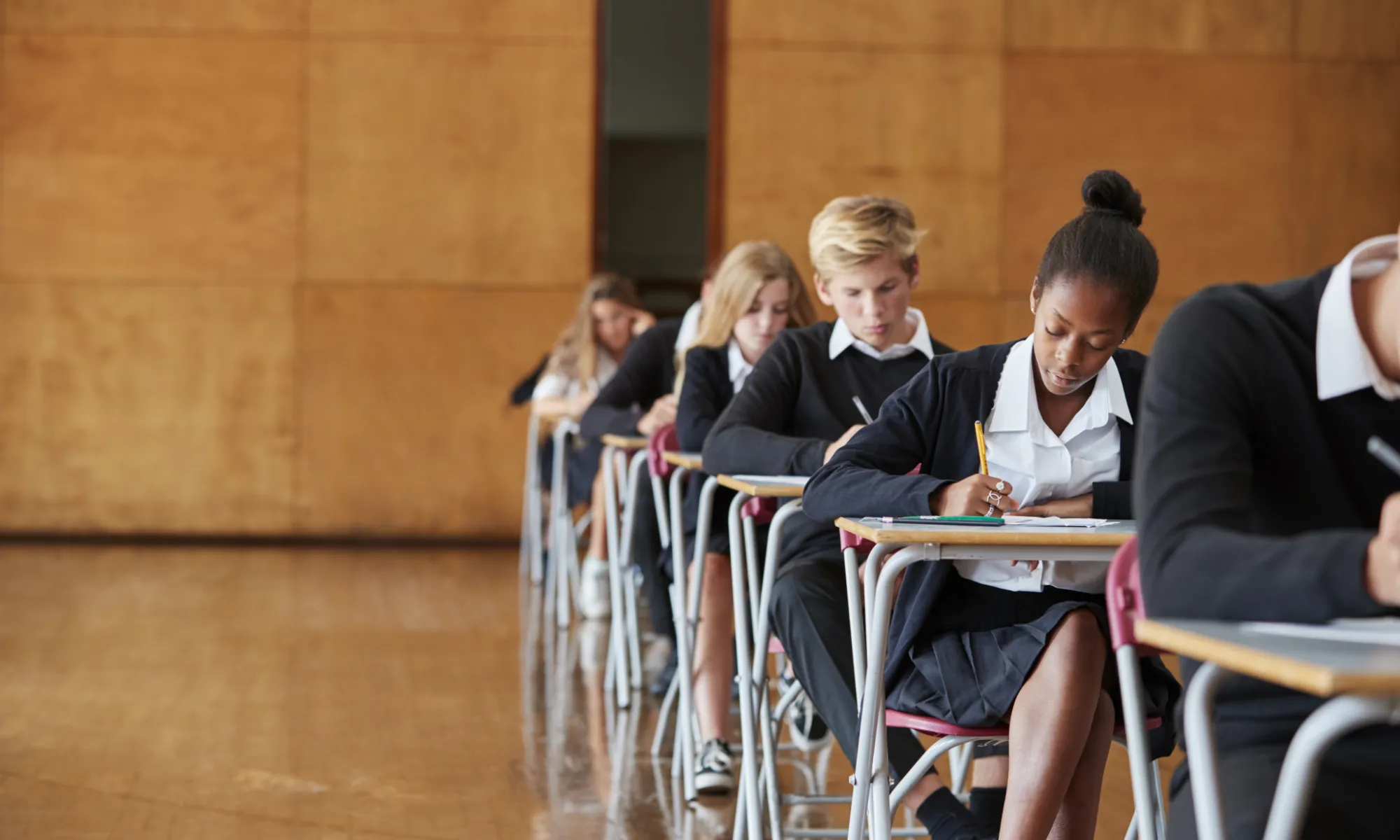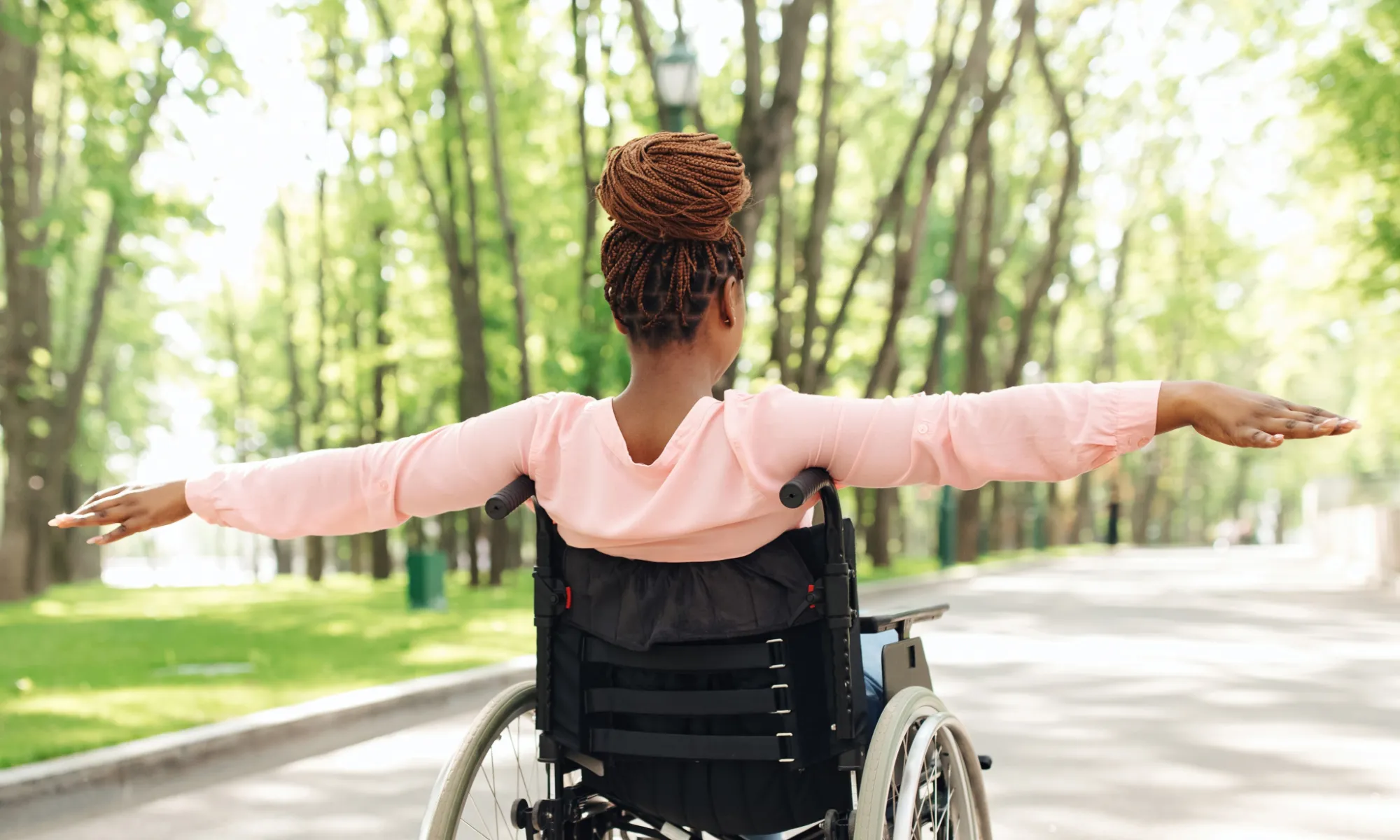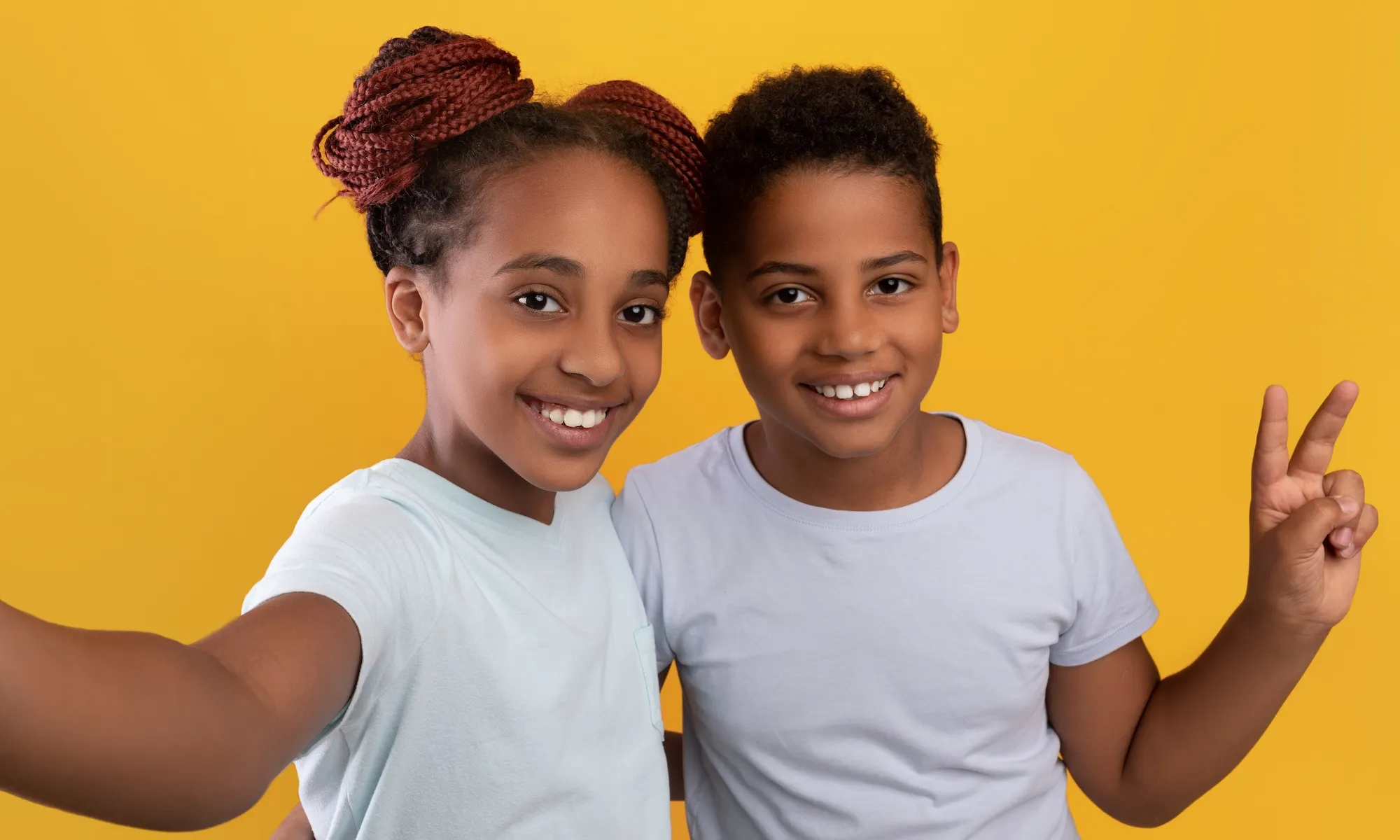What parents, teachers and communities can actually do to stop bullying
Bullying , Children , Safeguarding , SchoolSchool hallways can feel like battlefields. Not the loud, cinematic kind with explosions and heroic theme songs. The quiet kind. Where a child avoids a certain corner. Another tightens their grip on their backpack. A phone buzzes, and anxious fingers clutch at them with nerve-wracking anticipation.
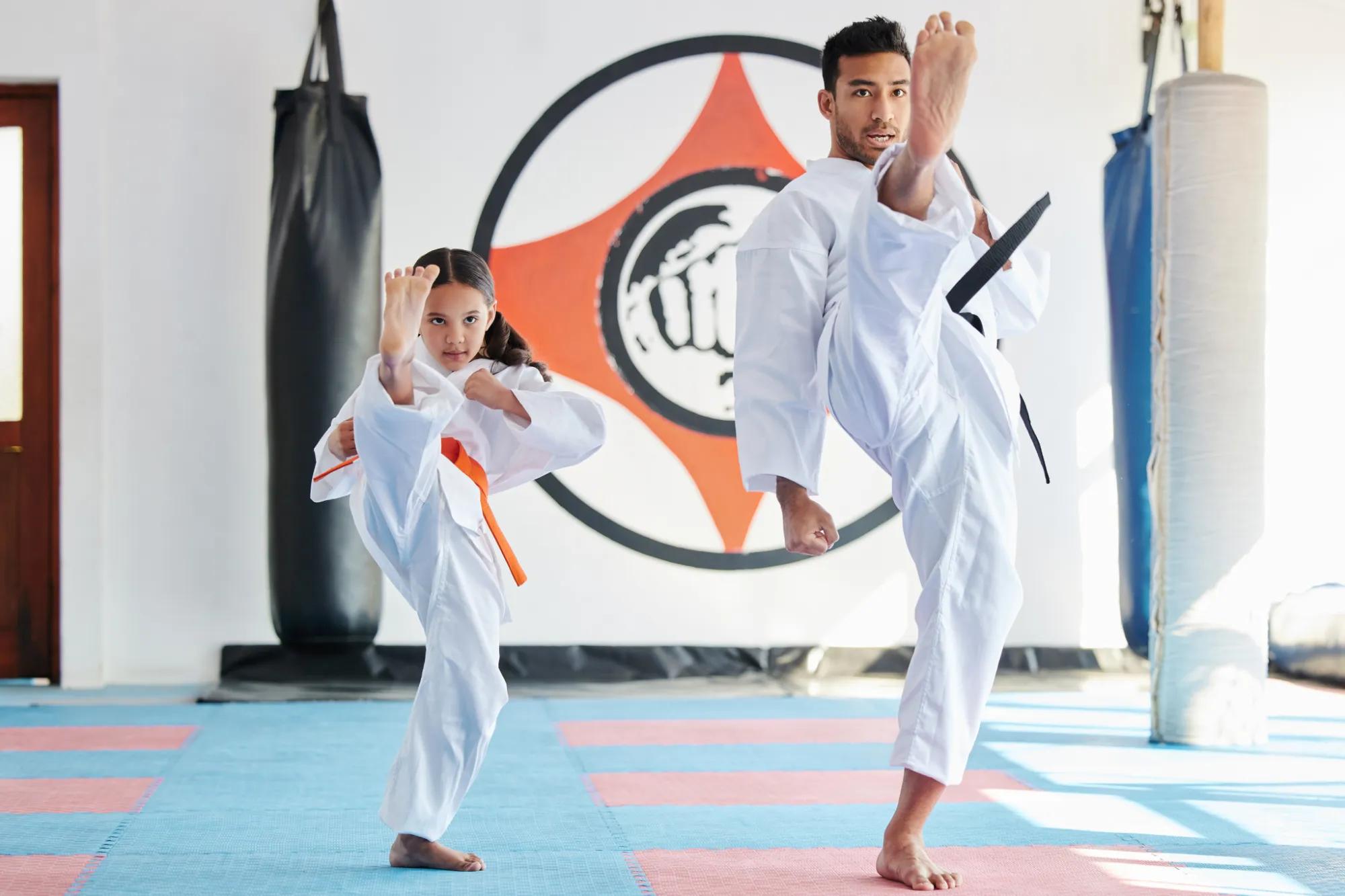
As a young pup, my school holidays were never complete without reruns of The Karate Kid. You know the scene, Daniel LaRusso at the All Valley Tournament, bruised but unbroken. One foot rising into that iconic crane stance, arms spread like a golden eagle set to take flight, music swelling, the crowd holding its breath. Then, boom. Daniel’s opponent hits the floor. Cinematic perfection.
Naturally, some kids tried this at school. I remember a boy who arrived on the first day looking like he had trained in a bamboo forest. Eyes sharp. Shoulders tense. Spirit ready. When the local bully came for the usual “welcome-to-the-jungle” ritual, he sprang into action. Leg up and arms out as he bellowed a war cry.
For a moment, it was beautiful. Inspirational, even.
And then?
He got deflated like a popped balloon at a birthday party. The bully sadly got the best of him.
But here’s what I softly applauded: the boy stood up. He tried. He showed courage. However, that day taught me something crucial – courage does matter, but courage alone isn’t enough.
We can’t expect kids to crane-kick their way through school corridors or WhatsApp groups. For children today, the battlefield has also changed. A shove still hurts, yes, but so does a meme that goes viral during break or a group chat ambush at 7 PM.
Why just standing up for yourself doesn’t work
Parents love to say: “You must learn to stand up for yourself.”
It sounds empowering, but Sylvia Mphela – a school teacher who has brokered more peace treaties on the playground than the United Nations has in global boardrooms – explains:
“The kids who can stand up for themselves are already doing it. The ones who can’t aren’t weak, they’re overwhelmed.”
Standing up for yourself matters.
But standing alone?
That’s how kids break.
Bullying isn’t one dramatic confrontation. It’s repetition. It’s imbalance. It’s power that slowly chips away at a child’s confidence until school starts feeling like a daily fight for survival. Kids don’t need speeches about bravery, they need adults who notice, intervene and support long before the physical or emotional bruises form.
Signs of bullying
Sylvia knows the signs of bullying well – the talkative child who suddenly becomes quiet, the student who starts dragging their feet about going to school, or the kid who tenses up when a certain classmate enters the room.
Others explode in anger, not because they’re bullies themselves, but because they’re scared, with no safe place to put their fear.
Emotional bruising shows up in other ways too: headaches, stomach aches, sudden loss of appetite, mood swings, or “forgetting” their lunch so they can hide during break. In severe cases, the stress becomes physical and children experience trembling, panic attacks or thoughts of harming themselves.
As Sylvia says: “Not all scars are visible. Not all battles leave marks where adults expect them.”
And cyberbullying? That one doesn’t ring the bell at 2:30 PM and call it a day. It follows children home.
“The kids who can stand up for themselves are already doing it. The ones who can’t aren’t weak, they’re overwhelmed.”
Adults often underestimate this because we didn’t grow up with is. But for kids, digital cruelty activates the same emotional panic as physical harm.
What parents can do
Many parents hesitate to intervene because they don’t want to be “that parent”. The one who storms into the school like a TV drama diva. But while adults second-guess themselves, children are fighting battles that are destroying their self-esteem.
This is where the pillars of support matter: care, vigilance and action. Our response as parents doesn’t have to come from a place of fear either, we don’t need to become paranoid or start hovering around the school grounds. It’s about paying attention. As a parent, you can:
- Notice the patterns.
- Document every incident, especially digital ones (screenshots are not overreacting; they’re evidence).
- Act early, because bullying escalates fast.
And then, one of the most important things we can teach kids is boundaries:
- When to walk away before things explode.
- Who to get help from when walking away isn’t enough.
- How to say “I don’t like that” and assert their worth.
Sylvia also reminds us that kids learn conflict resolution from the adults around them – how we argue, how we apologise and how we set limits. If parents laugh off cruelty or dismiss harassment with “kids will be kids,” children learn a lonely silence. They learn to internalize hurt. But when a parent says, “Show me. Let’s fix this together,” something shifts and kids learn that asking for help is not weakness. It’s wisdom.
What teachers can do
Teachers play a different but equally crucial role: they can pick up patterns and changes in behaviour early. But schools cannot bully-proof themselves with inspirational posters and assemblies alone. Sylvia says that real bully-proofing must be integrated into daily school life through:
- Stories that teach empathy.
- Role-play that builds confidence.
- Videos that show compassion in action.
- Celebrations of diversity that extend beyond Heritage Day.
- Active praise for teamwork, honesty, and kindness – not just marks.
And kids must learn that speaking up is not snitching, it’s self-protection.
Creating a village of support
Bully-proofing is built through tiny, consistent moments of humanity:
- A parent asking, “Tell me what really happened.”
- A teacher checking in after break.
- A friend offering a seat.
- A coach encouraging the quiet kid to take up space.
These moments become armour, small bricks forming a wall of protection around a child.
Bullying is a community sickness that needs a community cure. Parents, teachers, neighbours, coaches – everyone has a part to play. Victory isn’t when the bully backs off. Victory is when the child knows, without even thinking twice, that an entire village stands behind them.

Lehlohonolo Ramosolo
Lehlohonolo is a creative and results-driven social media and content specialist who is passionate about social and community-building communication.
Featured
